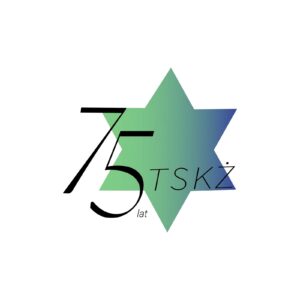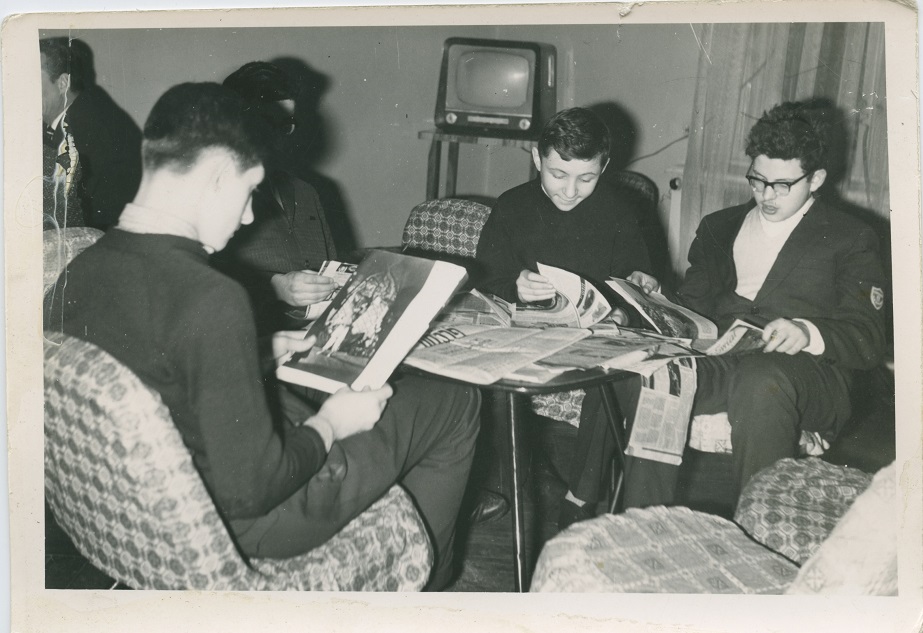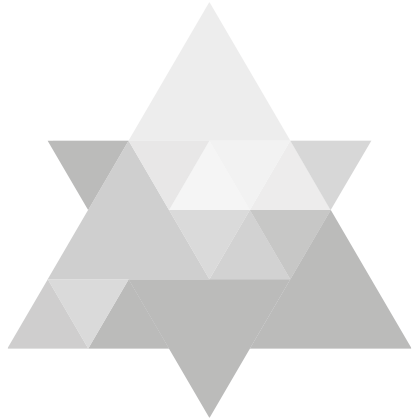The club activities pursued by the Social and Cultural Association of Jews in Poland during the communist period were of educational, social and cultural nature. For a few decades, the Association’s local centres have served as integration hubs for the Jewish community, which was still traumatised by the Holocaust.
TSKŻ clubs were linked to local branches of the Associations, and operated in various towns and cities where the biggest Jewish populations existed. Each club followed its unique agenda adjusted to specific needs of its local members. However, their overall goals were quite similar: organisation of courses, classes, social gatherings, cultural events, traditional celebrations and providing support for the local community.
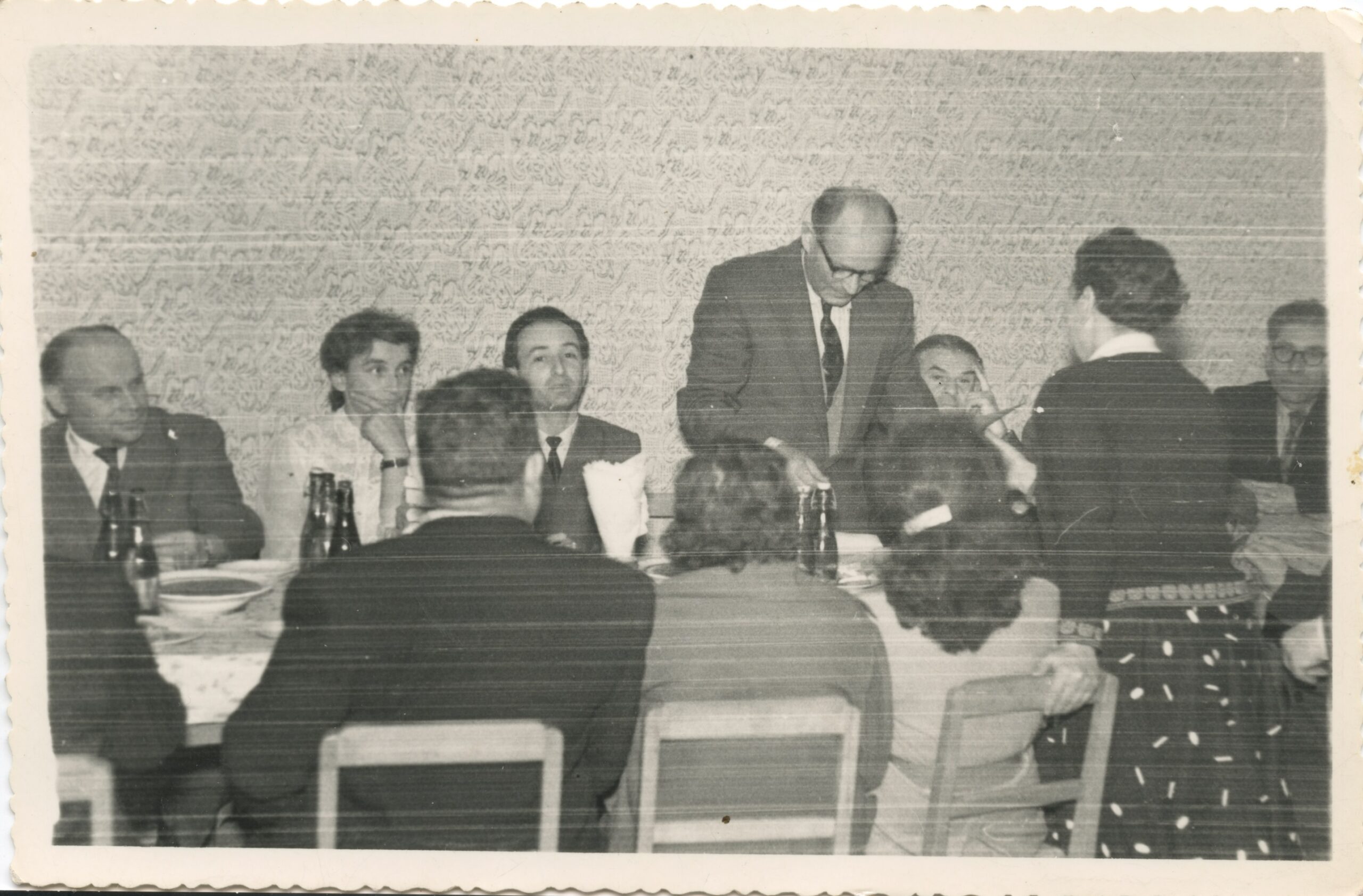
The club agendas were intended to enable TSKŻ members to maintain a permanent connection with the Jewish cultural heritage. The clubs organised author nights, performances by artistic groups, screenings of documentaries and feature films, concerts of Jewish and klezmer music, as well as sightseeing tours. Many branches had libraries whose shelves were filled with books in two languages – Polish and Yiddish. There were also theatre groups in some branches.
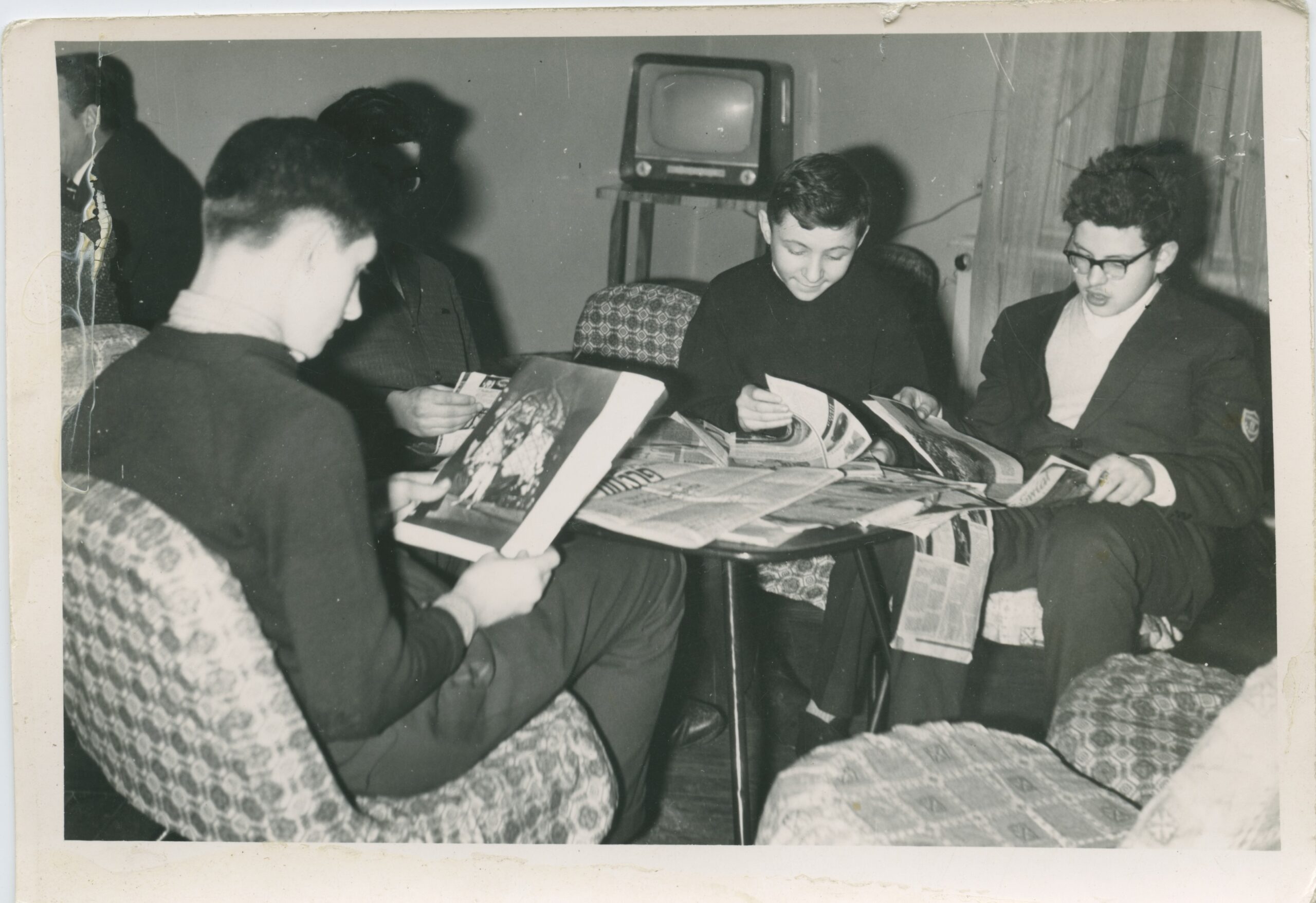
Even though TSKŻ, being a secular organisation, avoided any links with the Jewish religion, in practice many of the club activities had a traditional dimension. The public used to meet for joint celebrations of Jewish holidays such as Hanukkah, Purim and Rosh Hashanah. Such events had not only a cultural dimension, but above all an integrative one – bringing the younger generation and the older one together.
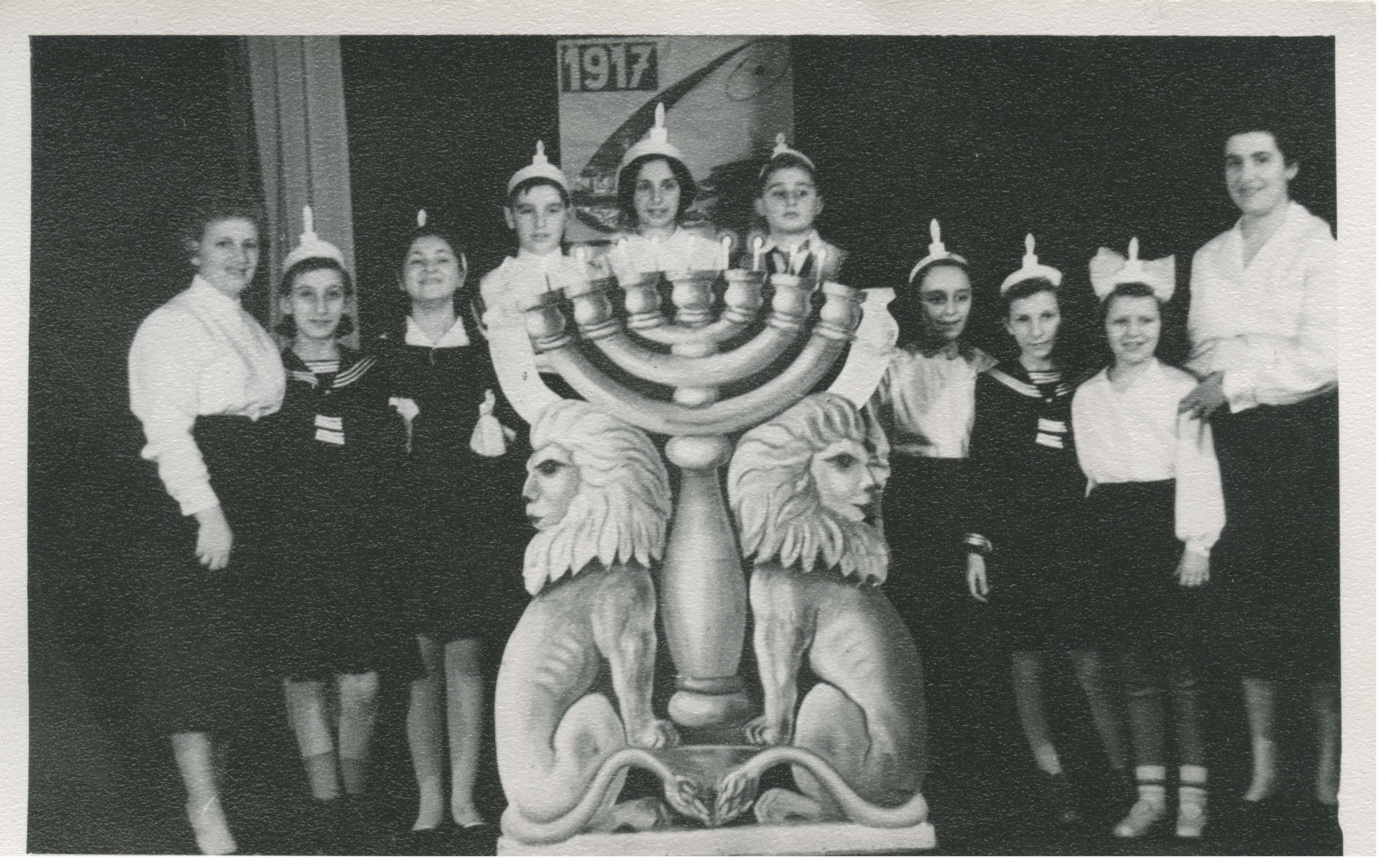
By the end of the 1950s, the clubs were primarily attended by older people. Between 1956 and 1957, approximately 20 thousand people of Jewish origin returned to Poland from the Soviet Union as part of a repatriation campaign. The activities of TSKŻ at that time focused on helping the returnees, which also had an impact on club life – many centres organised Polish language courses for new comers, intended for non-Jewish and non-Polish spouses of Jews and their children who were born in the Soviet Union.
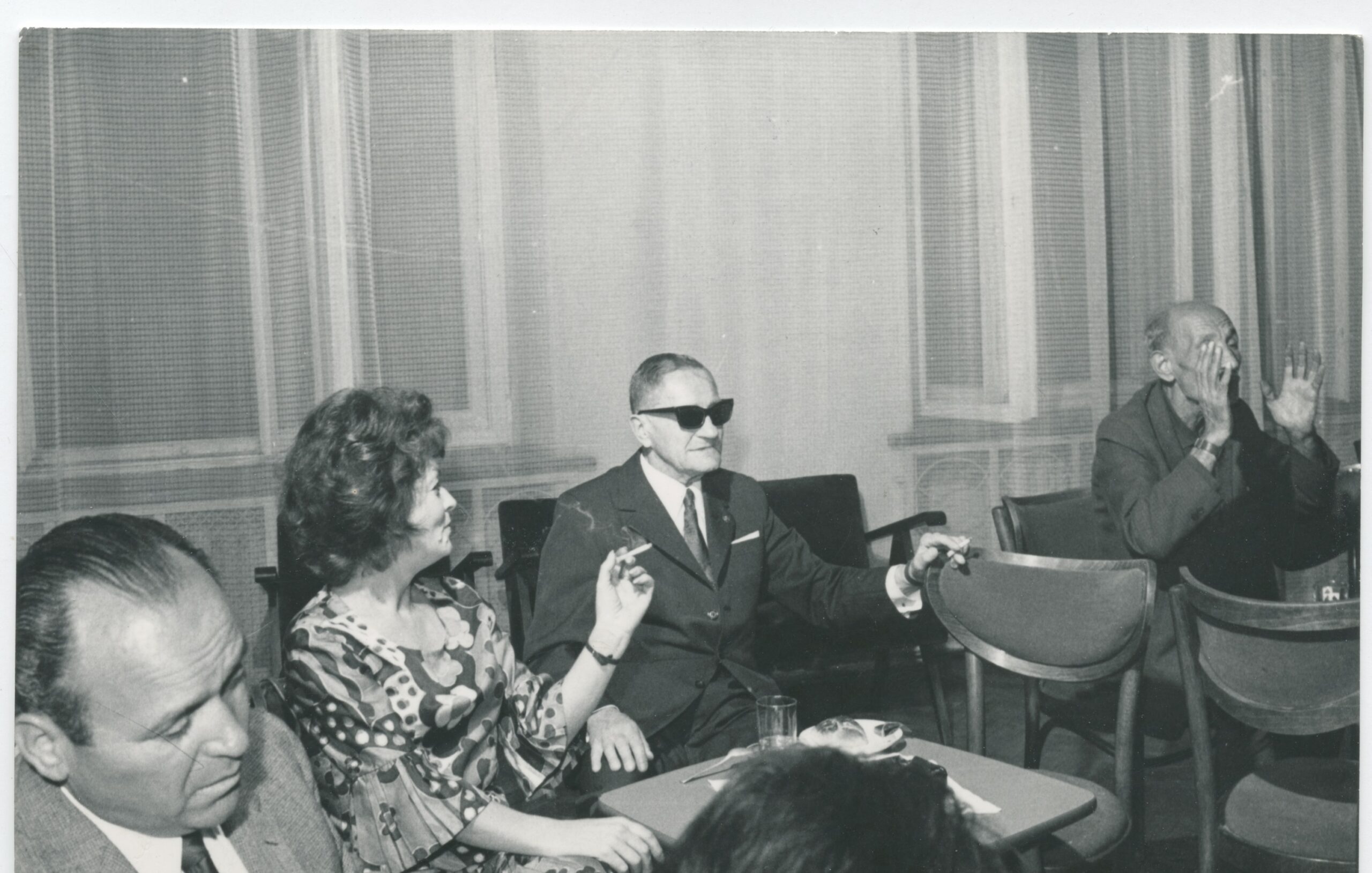
With the coming of the new decade, Jewish clubs were overtaken by the youth. Finding a common language between the younger and older generations proved to be quite a challenge. The crossing of these two groups, young people and adults, gave rise to many conflicts within the club. […] The lack of established rules for the coexistence of different age groups in clubs meant that young people were always the weaker side in the fight for their rights, according to Piotr Pęziński’s book: Na rozdrożu. Młodzież żydowska w PRL 1956-1968 (At a Crossroads: Jewish Youth in the Polish People’s Republic, 1956-1968). In response to this controversy, TSKZ authorities decided to further engage young people in club activities. This move was not only of a symbolic nature, but more importantly, it was substantive. Both the Board members and club members wanted to work together to create attractive activities. Soon, the clubs were filled with dance parties, bridge evenings and table tennis games.
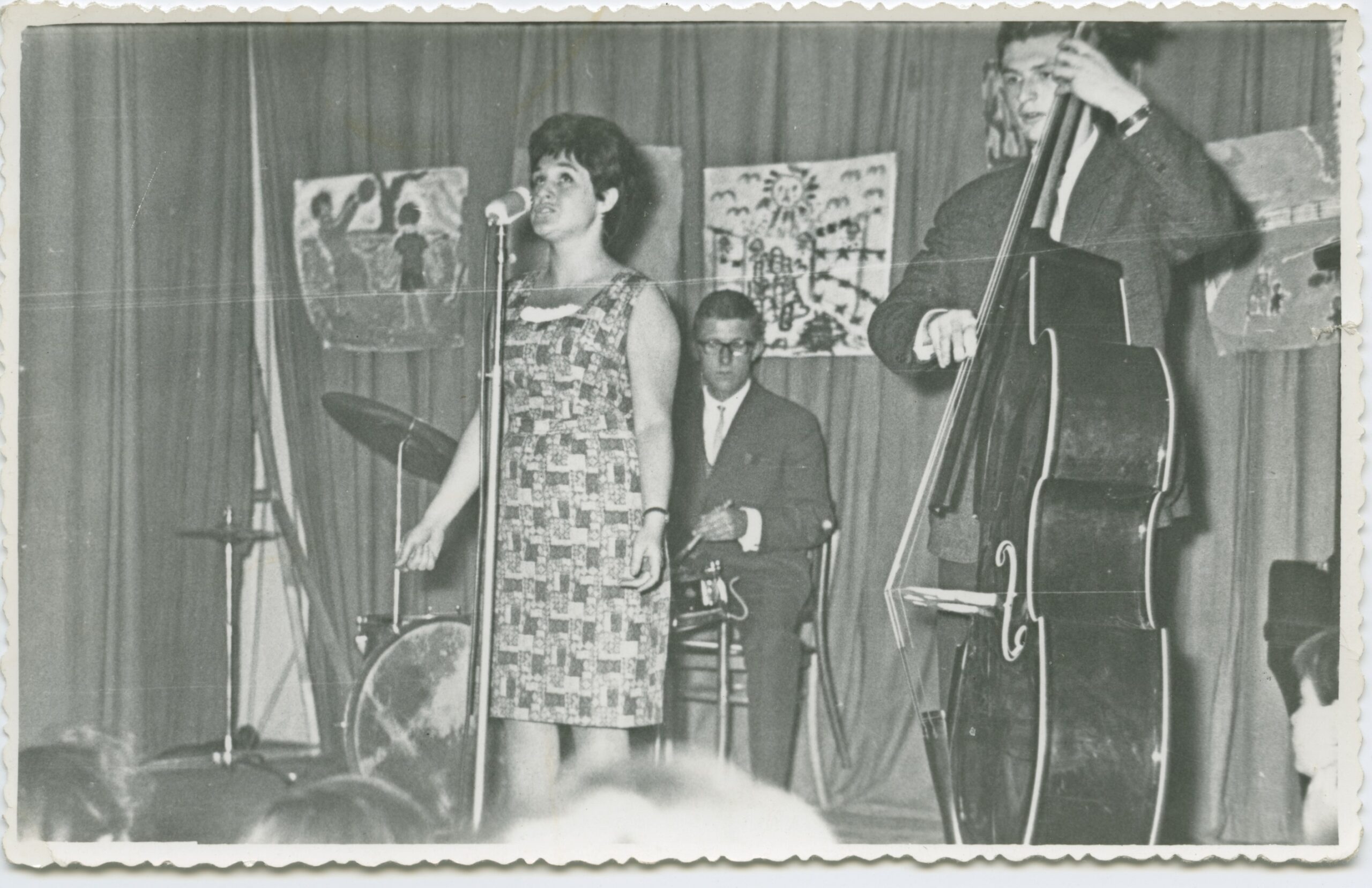
In 1962, a plan aimed at establishing Children’s and Youth Clubs at branches was presented. The aim of such Youth Clubs was not only to provide pastime activities for youngsters, but also to assist in resolving some of parenting problems. While older teenagers met at dance parties and big beat concerts, children developed their talents in special interest groups covering a wide range of topics. Many Youth Club members could not picture a day without visiting the club. So I returned home, had my dinner, did my homework – >> Mum, I’m off to the club!”. The club was just two minutes away from home, and I could even run there in my slippers […] As a child, I used to join in Sunday games and competitions organised by TSKŻ, and as a young boy I belonged to the School Youth Club, said Tadek Korończyk from Łódź.
On one hand, the club activities helped Jews to rediscover and express their identity, but in the other, they were strictly monitored by the communist state apparatus. Many Jewish activists found themselves under surveillance by the Communist Security Service. A good example is the history of Babel Club which was founded in 1966 at 5 Nowogrodzka Street, Warsaw. The Club performed educational and cultural functions. The concerts of the big beat band Babel Combo were particularly popular, with up to 150 listeners gathering at the small auditorium. In March 1968, the club became the target of fierce political attacks. The authorities accused Babel activists of anti-state activities and promoting Zionist attitudes. A month later, the Home Affairs Office ordered the club to be dissolved due to threats to public safety and order. The closure of ‘’Babel’ became a tragic symbol of the lost community.
After the year 1968, TSKŻ clubs ceased to perform the roles of community centres. In subsequent years, local centres operated only on an occasional basis. The authorities of the communist Poland tolerated their presence solely to give a false impression of cultural freedom for national minorities. Many Jews emigrated from Poland, which resulted in a decline in the number of the Association’s members from several thousand to three thousand. Over the next few years, local centres operated only occasionally, mostly during holidays or important anniversaries.
Nowadays, club premises operating next to local TSKŻ branches have transformed into modern cultural centres. Contemporary clubs are open to anyone willing to discover the history of Polish Jews. Concerts, lectures and trips are attended both by TSKŻ members, and supporters of the Jewish community.
By Marta Rydz
